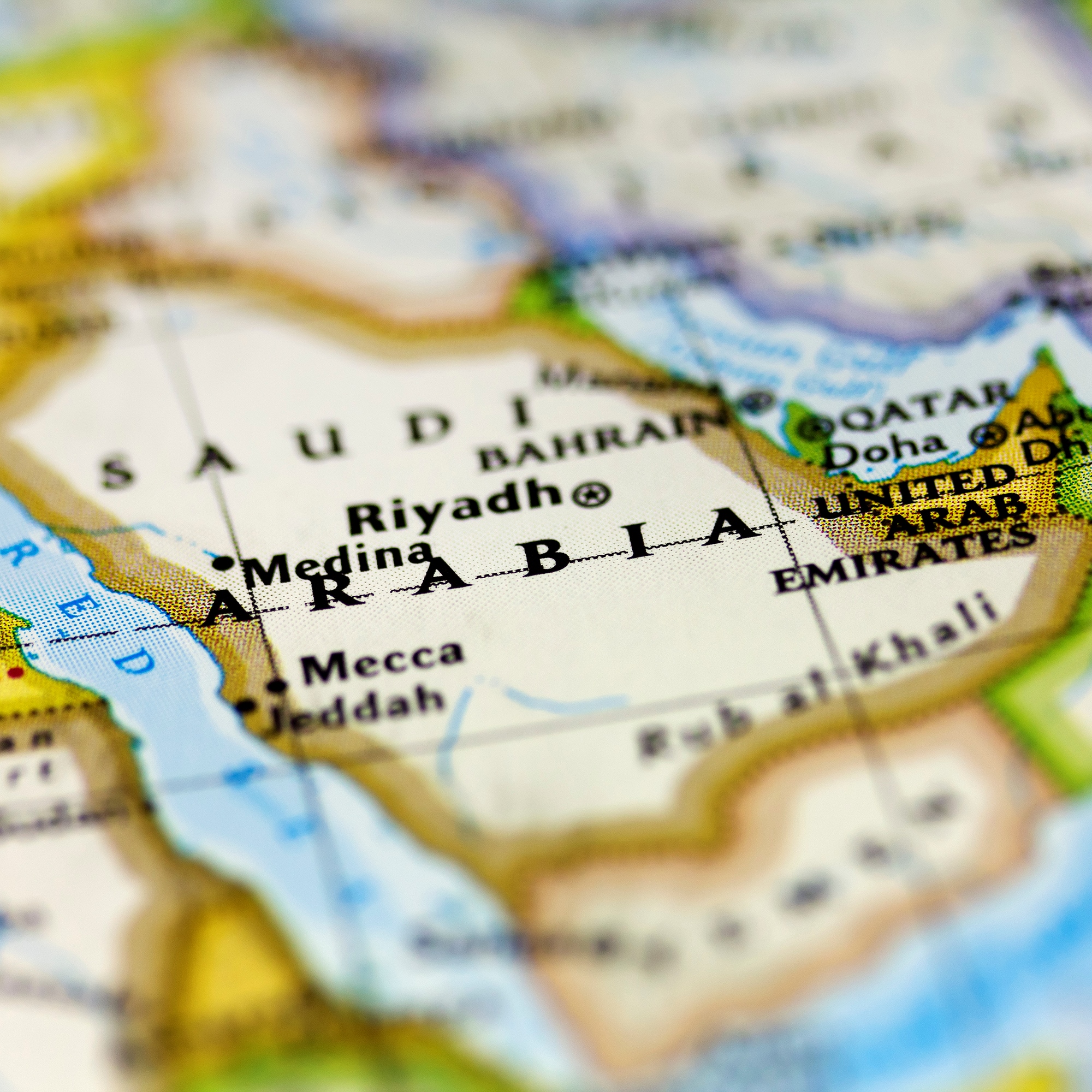
If a company is coming public for the first time ever with a market cap that was rumored to be more than $1 trillion, or anywhere close to it, there is no way it will be anything short of a huge deal for the investing world. That is potentially the case for Saudi Aramco, or perhaps was the case until recently. Several key reports have noted that the Saudi Aramco deal may be delayed or might come in an alternative form instead of a traditional initial public offering.
Saudi Arabia currently controls the country’s crude oil reserves, which was listed at about 261 billion barrels earlier this year. Needless to say, a market cap of $1 trillion to $2 trillion, even if the actual stake sale was going to be limited to $100 billion or so, can suck up a lot of investing capital that would otherwise be invested elsewhere.
According to the Saudi oil minister earlier this year, the nation is not planning to relinquish control over either output targets or production capacity. What this means for investors is that the publicly traded company could effectively be a contractor for the Saudi government, and it might only be compensated in the same way as any other contractor.
Now put this in context with the U.S. oil companies. When you add up the value of anywhere close to $2 trillion, that effectively comes up to the combined value of Exxon Mobil, Chevron, Occidental and just about every other U.S.-domiciled oil company you could name in an hour.
According to CNBC, Saudi Aramco has denied that it is shelving its IPO. A CNBC source noted that the company is now considering whether the oil giant should first list on the Saudi market and then take its share listing to an international exchange at a later date.
The Financial Times has reported that Saudi Aramco has been in talks with investors over private placements rather than an initial public offering, and to keep the news “real” it said that it was citing five sources. Their view was that the world’s largest sovereign wealth funds and huge institutional investors could take a stake in a private placement ahead of a listing on the local exchange in Saudi Arabia.
Bloomberg also corroborated more of what the Financial Times report indicated. It further said that London and the New York Stock Exchange are vying for a role in the Saudi Aramco IPO, while exchanges in Hong Kong, Singapore, Tokyo and even Toronto have been trying to attract the oil giant.
As far as just what Saudi Aramco really is, here are some basic figures only pertaining to crude oil and gasoline from the 2016 business report:
- 10.5 million barrels of crude oil produced per day
- crude oil and condensate reserves of 260.8 billion barrels
- worldwide refining capacity of 5.4 million barrels per day
- crude oil exports of 2.799 billion barrels of crude in 2016
It’s hard to know up front if Saudi Arabia will really delay the Saudi Aramco IPO or if it will proceed. The official responses have indicated that the share sale is on track, but there is a lot of face-saving that the national oil giant will want to preserve around the IPO.
One key issue is that the price of oil, which is still generally quoted in U.S. dollars, remains lower than the Saudis would prefer. They are also facing dilemma when it comes to going along with (or leading the way in) oil production cuts for OPEC. After all, cutting production means missed revenues rather than just lower revenues — and it allows all the pesky shale drillers and other lower cost drillers to pick up any slack and capture those revenues.
Oil went out just above $51.50 per barrel (WTI) on Friday, but the Saudis and many other oil-producing nations and companies would prefer for oil to be $60 per barrel. Some would obviously prefer for oil to be even higher all over again.
As long as oil languishes close to $50 per barrel here in the United States, and barring any unforeseen events around the globe, there are likely to be more questions than answers when it comes to where the Saudi Aramco stake sale is really headed and also when it will happen.
Get Ready To Retire (Sponsored)
Start by taking a quick retirement quiz from SmartAsset that will match you with up to 3 financial advisors that serve your area and beyond in 5 minutes, or less.
Each advisor has been vetted by SmartAsset and is held to a fiduciary standard to act in your best interests.
Here’s how it works:
1. Answer SmartAsset advisor match quiz
2. Review your pre-screened matches at your leisure. Check out the advisors’ profiles.
3. Speak with advisors at no cost to you. Have an introductory call on the phone or introduction in person and choose whom to work with in the future
Thank you for reading! Have some feedback for us?
Contact the 24/7 Wall St. editorial team.
 24/7 Wall St.
24/7 Wall St.



